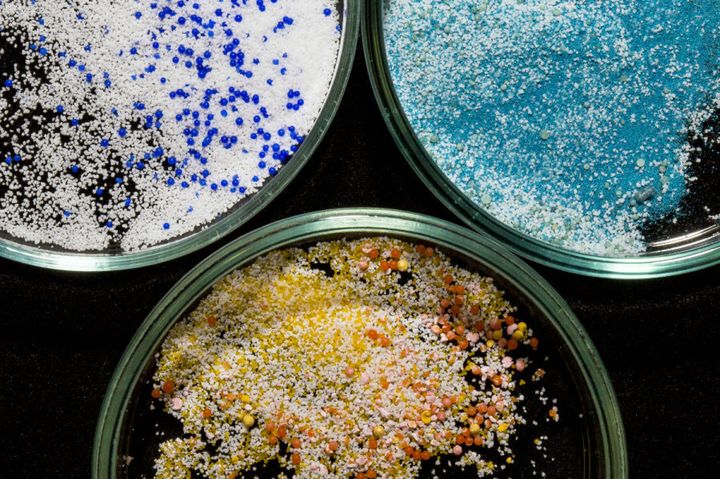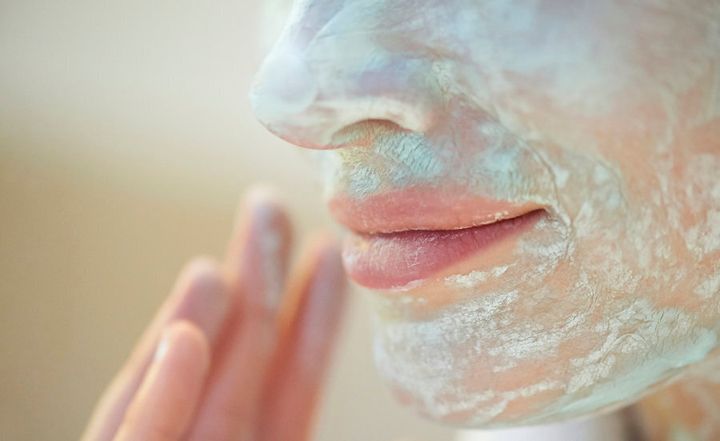The devastating effect of plastic in our waterways is hitting home in our seafood industry, with the world's first proof that microbeads from face wash are contaminating fish flesh.
Researchers have long known that fish mistake the tiny plastic balls used in toothpastes and face scrubs for food. They also know these microbeads are covered in organic pollutants but no one ever showed those toxic chemicals could jump from the microbead into the flesh.
A collaboration between Australia's RMIT University and China's Hainan University showed up to 12.5 per cent of the chemical pollutants on microbeads passed into the fish that eat them.
Once these chemical pollutants are in the food chain, they can accumulate as bigger fish eat bigger fish that are eventually eaten by humans.

Why are microbeads so full of pollutants?
The plastic beads themselves aren't so bad, but because plastic is porous, it absorbs all the pollutants and heavy metals in the ocean.
Organic pollutants and toxic chemicals stick to the microbead surface and this research has shown for the first time that some of these pollutants are absorbed by fish eating the microbeads.
As an aside, microbeads also do damage by lodging in small creatures' guts and gills, so there is no room for food.
Lead investigator Bradley Clarke said the study chose one type of pollutant called polybrominated diphenyl ethers (PBDEs) that have been found in elevated levels in humans who eat a lot of shellfish and seafood. They've also been linked to impaired immunity and fertility problems in people.
Store-bought microbeads were spiked with PBDEs and Murray River rainbow fish ate them, in the same way they do in the wild.
The exposed fish had significantly higher PBDE concentrations than the control group after just 21 days and the study showed the more exposure, the higher the levels.

"We know generally that if someone eats a fish, they risk eating any pollution that may in the fish," Clarke said.
"Our next step is to determine the implications of our findings on microbeads for public health –- working out the significance of this exposure pathway and precisely measuring how much pollution could be entering this human food chain."
How can I avoid microbeads?
When buying face wash, toothpaste and other beauty products, search the ingredients list for plastic microbeads -- often labeled as 'polyethlene'.
All plastic eventually breaks down into smaller and smaller pieces until it is a microplastic, so it's also worth avoiding single-use plastic like supermarket shopping bags, coffee cup lids, cutlery etc.
Plastic-based thread from polyester, acrylic and nylon also are considered microplastics. When these clothes are washed, their fibres make their way into stormwater. Try to buy natural fibres like cotton.
The Federal Government is working towards a voluntary phase-out of microbeads in Australia by July 2018. In the meantime, microbeads can currently be found in products by Clinique, Elizabeth Arden, Ella Bache, Neutrogena, Shiseido and many more.